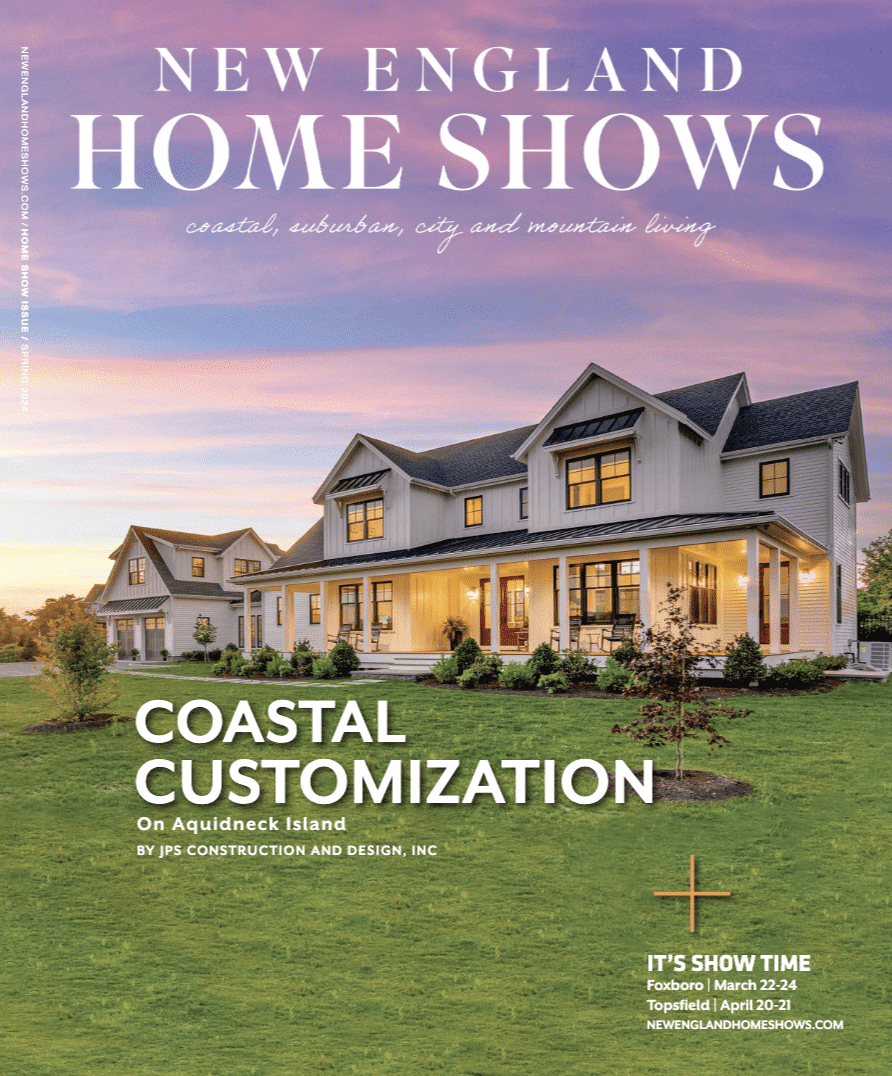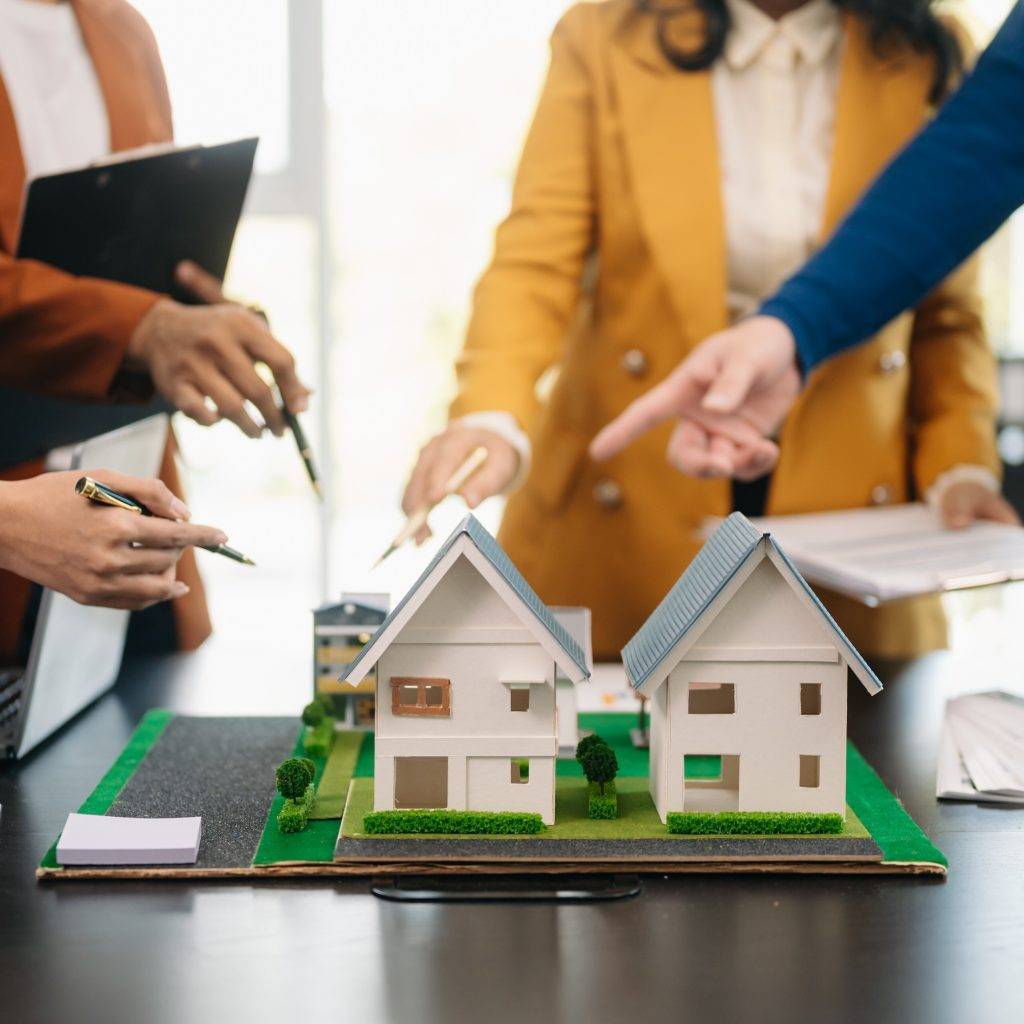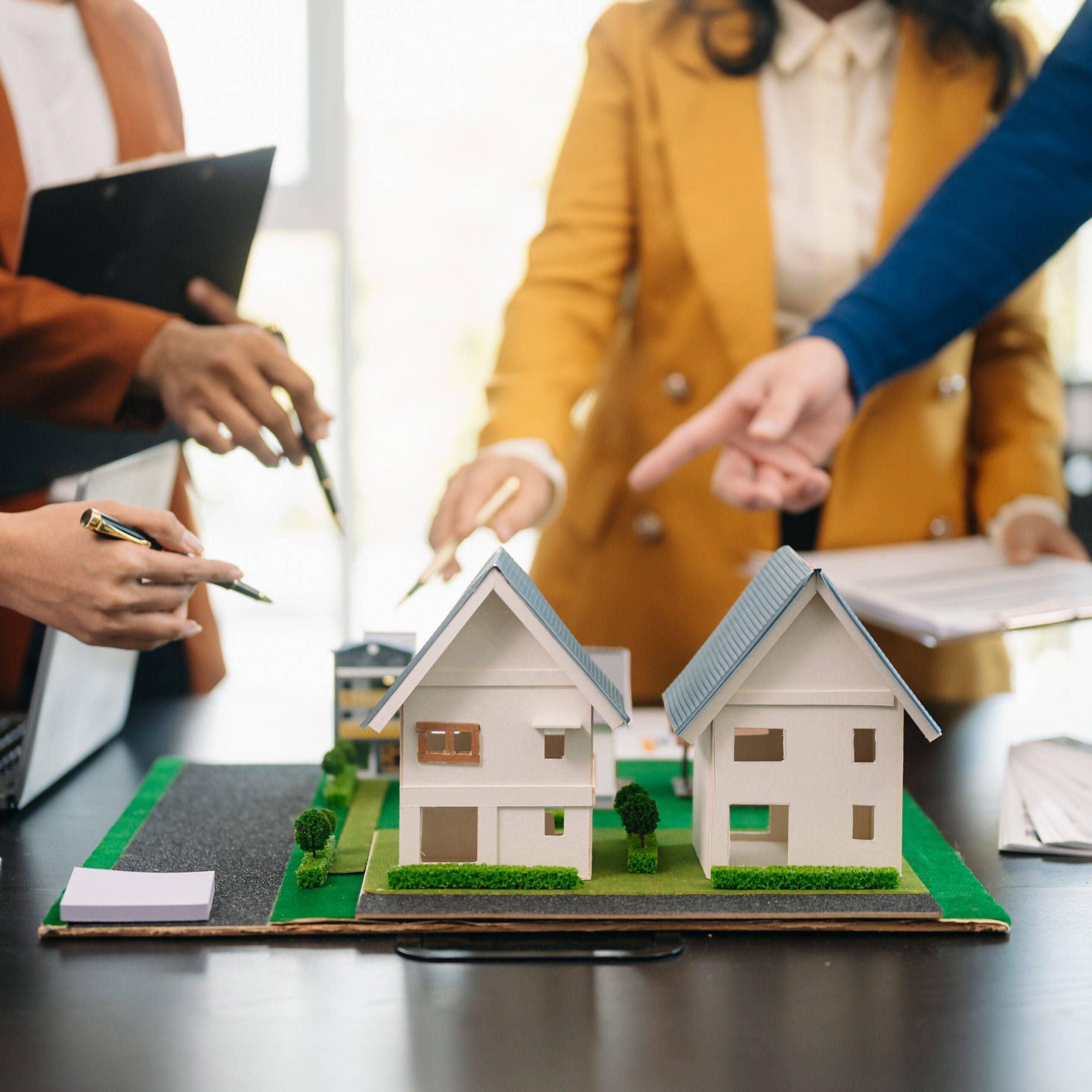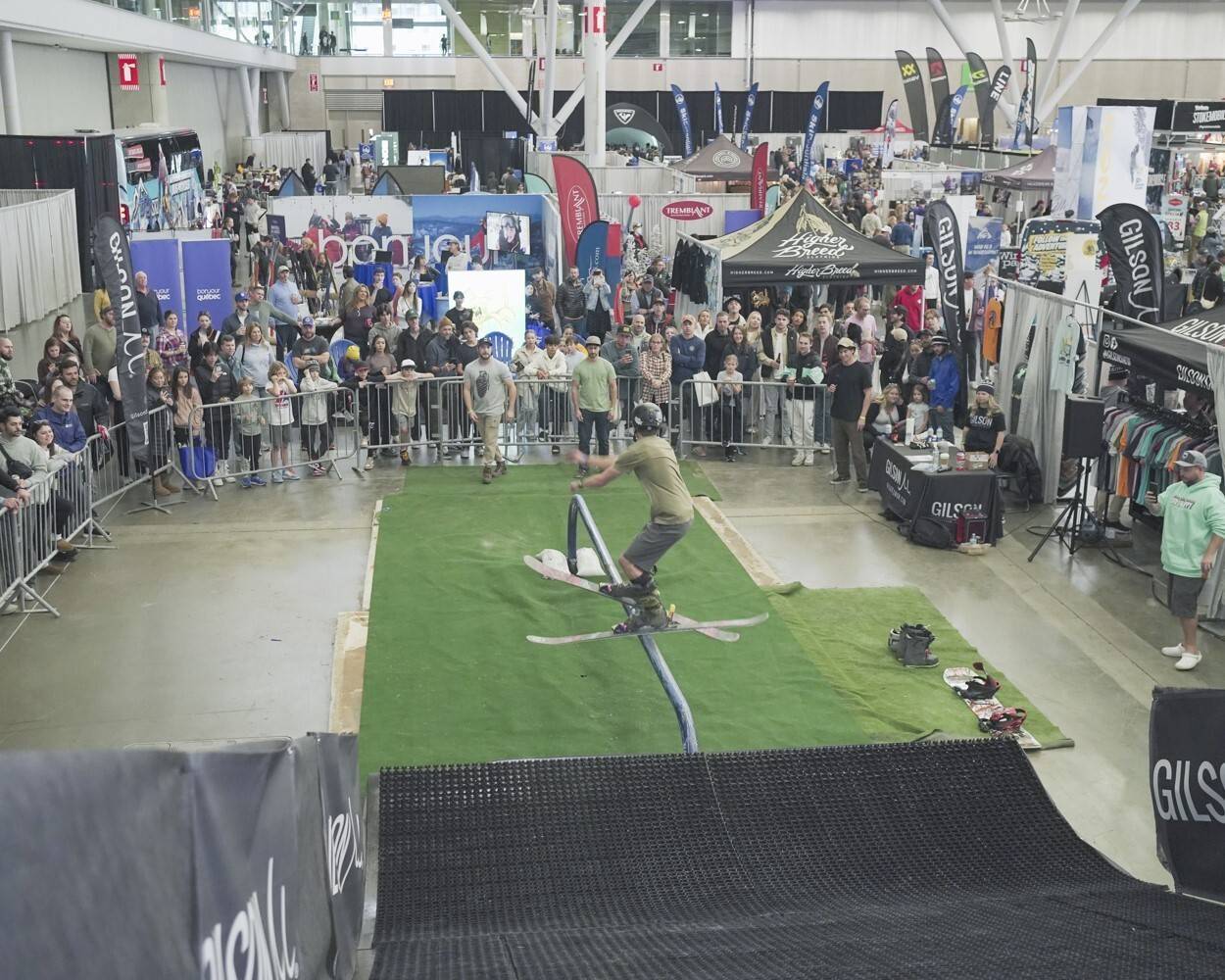A house’s value has the potential to depreciate over time. Depending on the type of materials used to construct the buildings and the amount of wear and tear they sustain over its life span, some houses may depreciate more quickly. The house itself has a fixed life span, and so do the internal fixtures and appliances that make the house a home. Having a basic understanding of the life span of your house and all the appliances within will allow you to better care for them over the years. The more routinely you clean and maintain these items, the longer they’ll last.
Foundational features
When you’re seeking to understand the life span of your house, it’s always best to work from the outside in. Foundational features make up the majority of your home and have the largest influence on your house’s structural integrity. Such items may include the roof, siding, and the actual foundation of the house. These elements provide your home’s first line of defense against the elements, and though you don’t need to repair or replace them very frequently, you must still regard them with care.
The longevity of your home’s siding and roofing generally depends upon the type of materials used and the quality of the initial installation. For instance, metal roofs last far longer than their asphalt, tile, or wood counterparts. Whereas these types of roofs typically last 20 years, metal roofs can last upwards of 60 years. Bear in mind that some factors besides age may also affect the roof’s longevity, so be sure to regularly assess it for other signs of damage. The longevity of siding also depends on the materials used. Aluminum and vinyl siding begins to fade in color after about 15 years, though it may maintain its structural integrity for several years after that.
Interior organs
The organs of your house refer to all the systems that work behind the scenes to make your home operate correctly, including the plumbing, electrical work, and HVAC systems. Depending on the frequency of use, these systems may require significant repairs on a fairly regular basis. For instance, an HVAC system will generally last between 15 and 25 years. However, this estimate is rather variable, depending greatly on the frequency of use and the level of routine maintenance it receives. Likewise, plumbing can last several decades, though the exact estimate will depend on the type of piping material used. Galvanized steel pipes are more prone to rust, so they only last between 20 and 50 years, whereas PVC pipes may last up to 70 years.






















